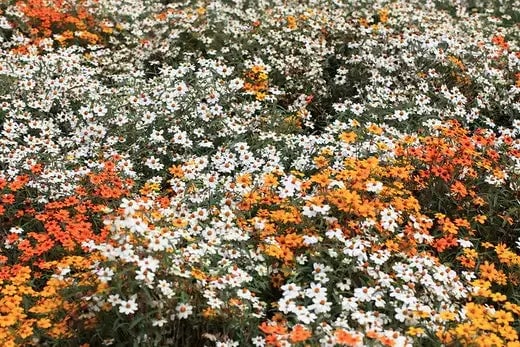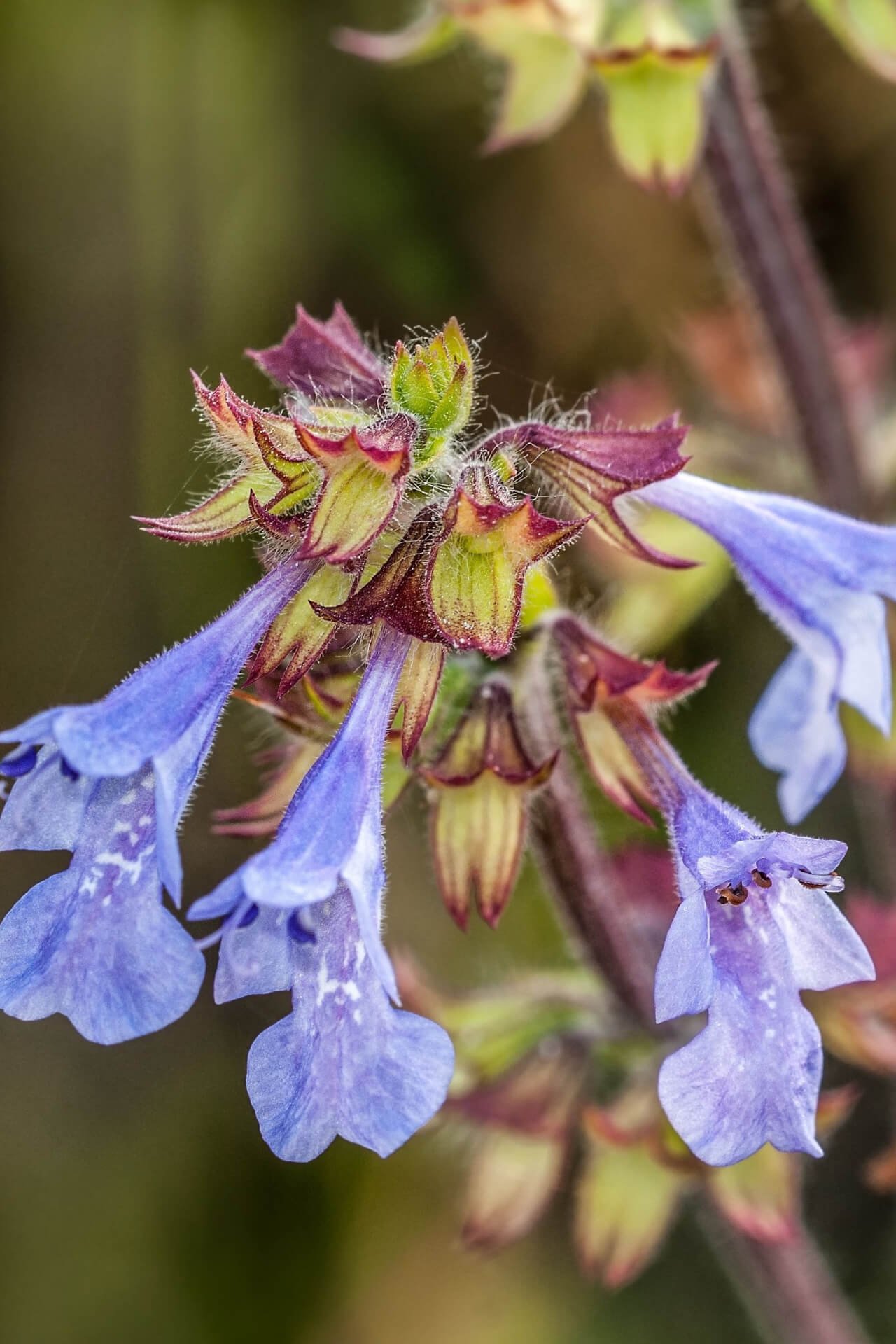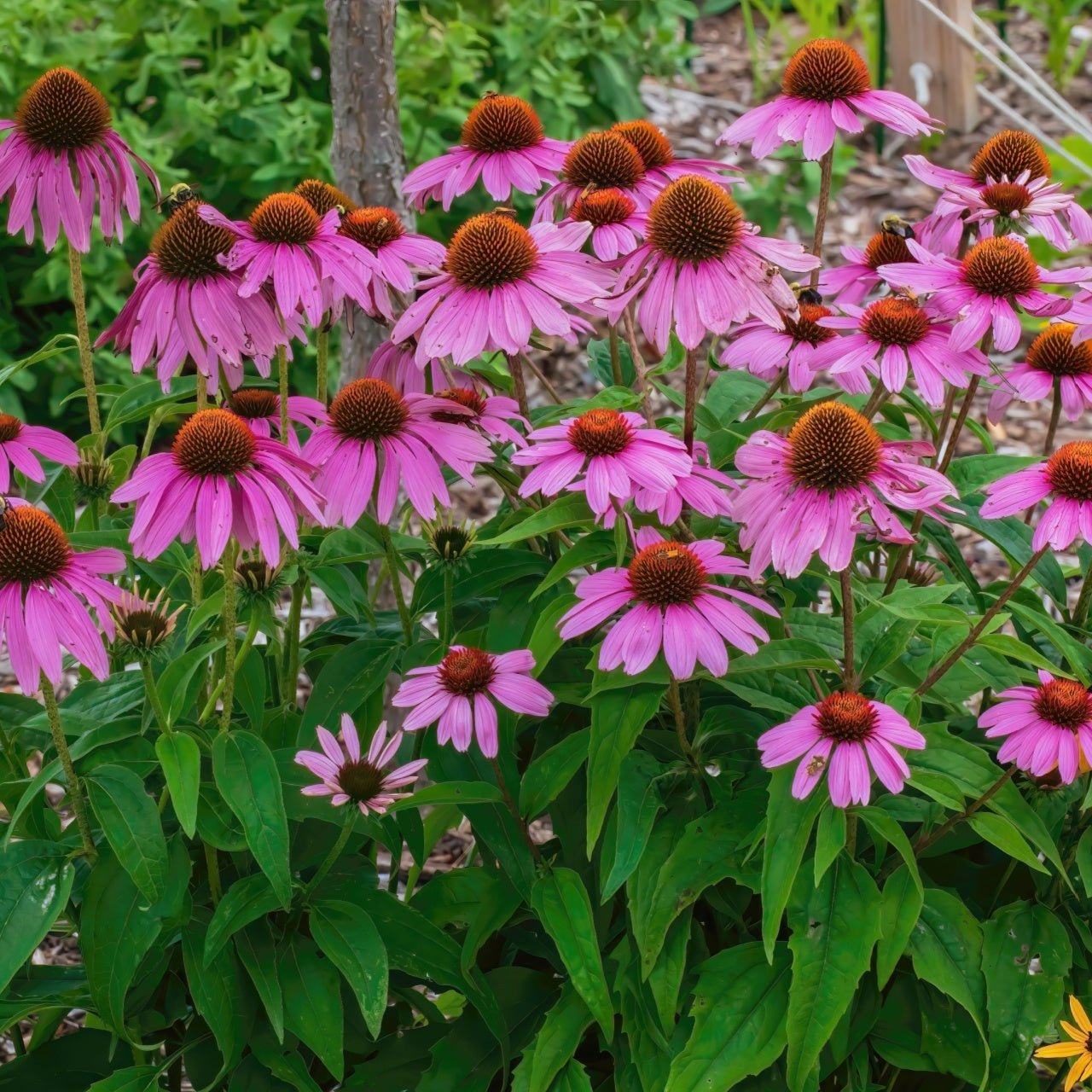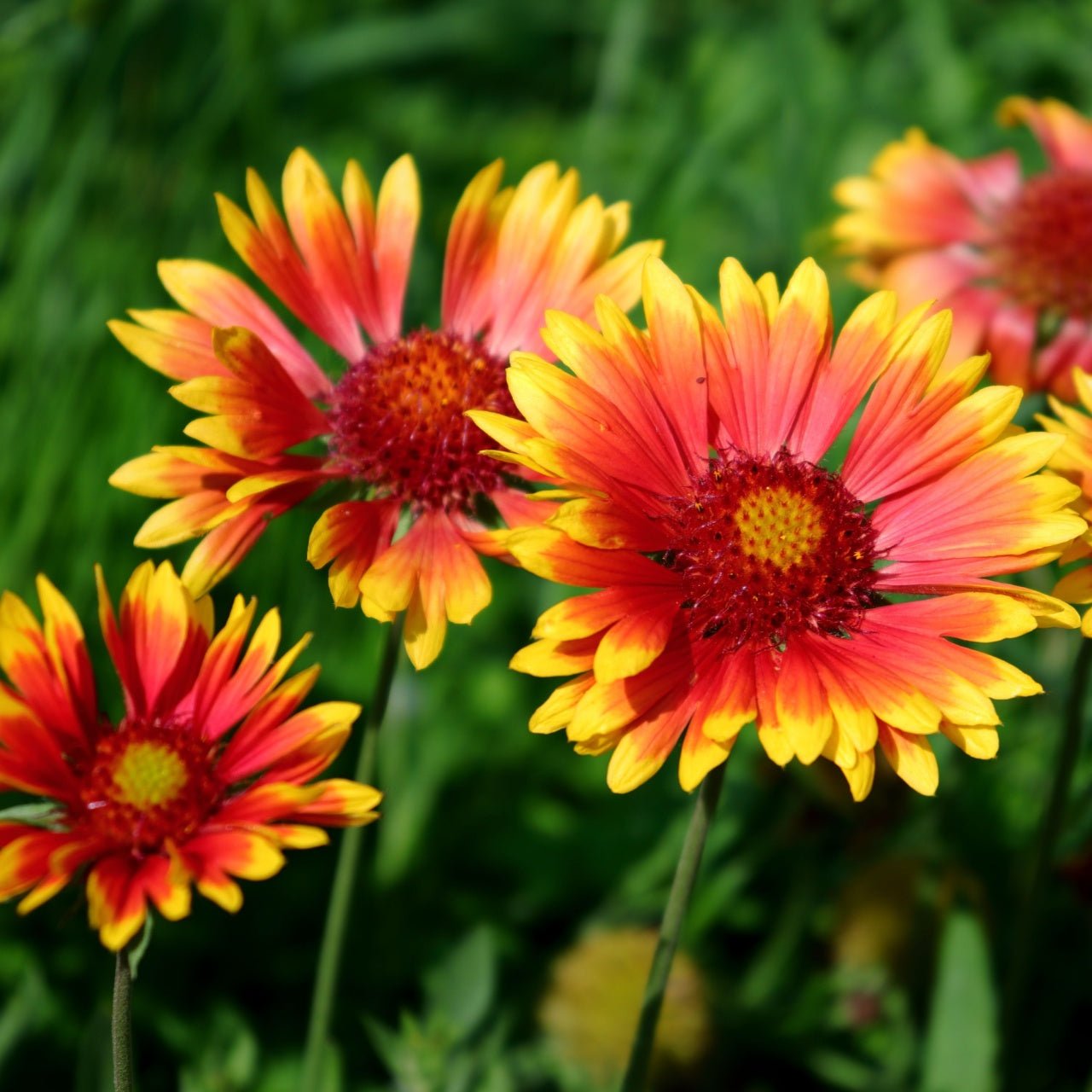This year, you can make sure that your plants will stand up to any dry spell by selecting the right varieties when planning your summer garden. Here is a list of some favorite drought-tolerant summer plants.
Russian Sage
This beautiful grass-like plant features silvery foliage and lush purple flowers. The plant gives off a lovely fragrance, and it's a perennial so that it will bloom year after year. Deer, rabbits and other pests tend to avoid this plant, too, so you won't have to worry about it being eaten away.
Sundrops
Named for their bright yellow blooms, these beautiful perennial flowers bloom starting in spring and continuing until early fall. Don't be fooled by the delicate look of these little flowers; they can take the worst of summer droughts like a champ. These grow to be around six inches tall and look great in flower beds or around trees.
The purple coneflower is a great choice for several reasons. Besides being able to withstand drought conditions, these beautiful purplish mauve flowers last for days after they've been cut, so you can display them in your home to brighten up the interior. Purple coneflowers also attract lots of butterflies so that you can add a little extra beauty to your garden.
Amsonia
Amsonia is a plant that produces beautiful little flowers in brilliant hues of blue. In the fall, the foliage of this perennial turns into an excellent gold so that it will add to the festive look of your autumn landscape. This plant can grow to be up to two feet tall and looks great around borders.
In addition to being drought tolerant, blanket flowers are incredibly easy to grow for those of us who don't have a green thumb. They are also able to grow in even less than ideal soil, so those with sandy or rocky soil can decorate their landscaping with the beautiful yellows, reds, and blues of blanket flowers which will bloom all summer long.
Moss Rose
This easy to maintain annual will add little bursts of vibrant color to any flower bed and grow best when they're planted in hot, so
Any areas where other flowers may wither away. If anything, these little darlings seem to thrive in hot, conditions, making them great options for areas prone to drought.
Source to Buy Drought Tolerant Summer Plants
Read more
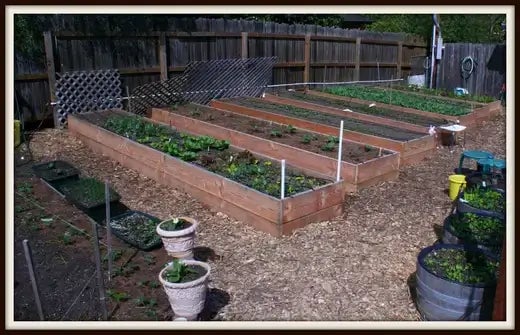
Square Foot GardeningSo much food can be grown in a single square foot of space that you will not be able to believe it. Plants love growing close together, intertwining and supporting each other. ...

Although most people plant flowers during the spring, sometimes the need arises during the summer to add some color and interest to the outdoor environment. Many homeowners and businesses routinely...


